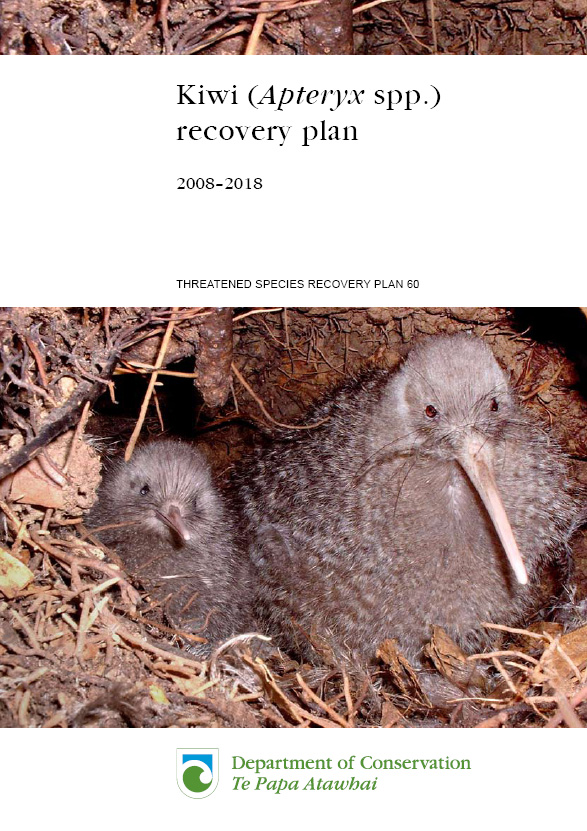10 year kiwi recovery plan
The recent devastation caused by a roaming dog to a Northland kiwi breeding programme is a stark reminder of the risks vulnerable kiwi populations face around the country, the Department of Conservation Kiwi Recovery Group Leader Avi Holzapfel said today.
DOC staff are still trying to track a dog feared to have killed potentially dozens of brown kiwi in a breeding reserve near Whangarei recently.
Launching the latest 10-year Kiwi Recovery Plan, Mr Holzapfel says protection programmes have made significant moves towards halting the decline of kiwi populations in many parts of the country.
But Mr Holzapfel said overall the more numerous kiwi species are still in decline, and the recent dog attacks show that even in protected areas kiwi are not always safe,
Kiwi species such as the rare rowi, found near Okarito on the West Coast, and also the neighbouring Haast tokoeka, both with little over 300 birds, continue to teeter on the brink of extinction.
“One out of control dog or a jump in stoat numbers could spell disaster for species like the rowi and Haast tokoeka and we have to be vigilant to safeguard these vulnerable populations.”
One of the goals of the new recovery plan is to double the number of rowi and Haast tokoeka to 600 birds each. Other goals include halting the overall decline of great spotted kiwi, tokoeka and brown kiwi; increasing the population of little spotted kiwi by 50%; and minimising the loss of distribution and genetic diversity of populations in the wild for all species of kiwi.
Co-authored by a group comprising kiwi experts, DOC, BNZ Save the Kiwi Trust and Forest and Bird, the 10 year plan provides a roadmap for the recovery of the five different species of kiwi.
It highlights pests such as stoats, ferrets and, particularly in the North Island, dogs, as key threats to kiwi.
“To achieve the goals of the plan we need to build on the successful management we have available already while continuing to improve predator control technologies and fostering the tremendous growth of community efforts to save their own local kiwi populations.
“One of the great strengths of kiwi recovery has been the massive involvement of a wide range of community groups. Over 60 of them throughout the country are managing around 50,000 ha of land with kiwi, and the skills, energy and enthusiasm they bring to the kiwi cause is truly inspiring. They are crucial to the kiwi’s future.”
The contribution of the Bank of New Zealand Save the Kiwi Trust has been another significant aspect for kiwi recovery. Formed as a partnership between BNZ as the principal sponsor for kiwi recovery, DOC and Forest and Bird, it is now funding a whole range of kiwi recovery activities, this year to the tune of $1 million.
“The recent dog attack in Northland shows that we still have a very long way to go before kiwi are safe in New Zealand.
“But I am cautiously optimistic about the future of kiwi in this country. We can take heart from the fact that where we as a kiwi community have actively managed kiwi recovery, we have succeeded. The new plan is driven by this spirit of success”, Mr Holzapfel said.
A copy of the Kiwi Recovery Plan 2008- 2018 is available at the following address: http://www.doc.govt.nz/upload/documents/science-and-technical/tsrp60entire.pdf

